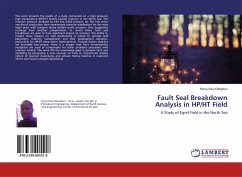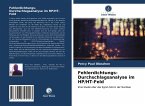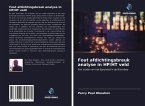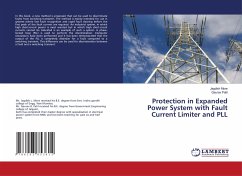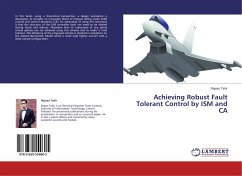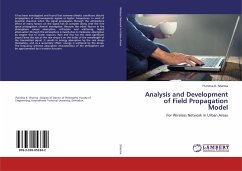This work presents the results of a study conducted on a high pressure/ high temperature (HP/HT) heavily faulted reservoir in the North Sea. The reservoir pressure declined by half the initial pressure for the first seven months of production then experienced pressure stabilization for the next eight years with pressure above bubble point pressure, thus suggesting recharge from another compartment. In recent times, fault seal breakdown are seen to have significant impact on recovery. The ability to predict these impacts on well productivity is critical to optimal well placement, reservoir management and field development decisions, particularly for HP/HT deep water developments. Though history matches are invariably non-unique, there is a danger that fault transmissibility multipliers are used to compensate for other problems associated with reservoir models. This work fills the knowledge gaps in dynamic fault seal modeling by presenting a new concept on how to characterize sealing nature of reservoir boundaries and achieve history matches in reservoirs where seal factors changes dynamically.
Bitte wählen Sie Ihr Anliegen aus.
Rechnungen
Retourenschein anfordern
Bestellstatus
Storno

